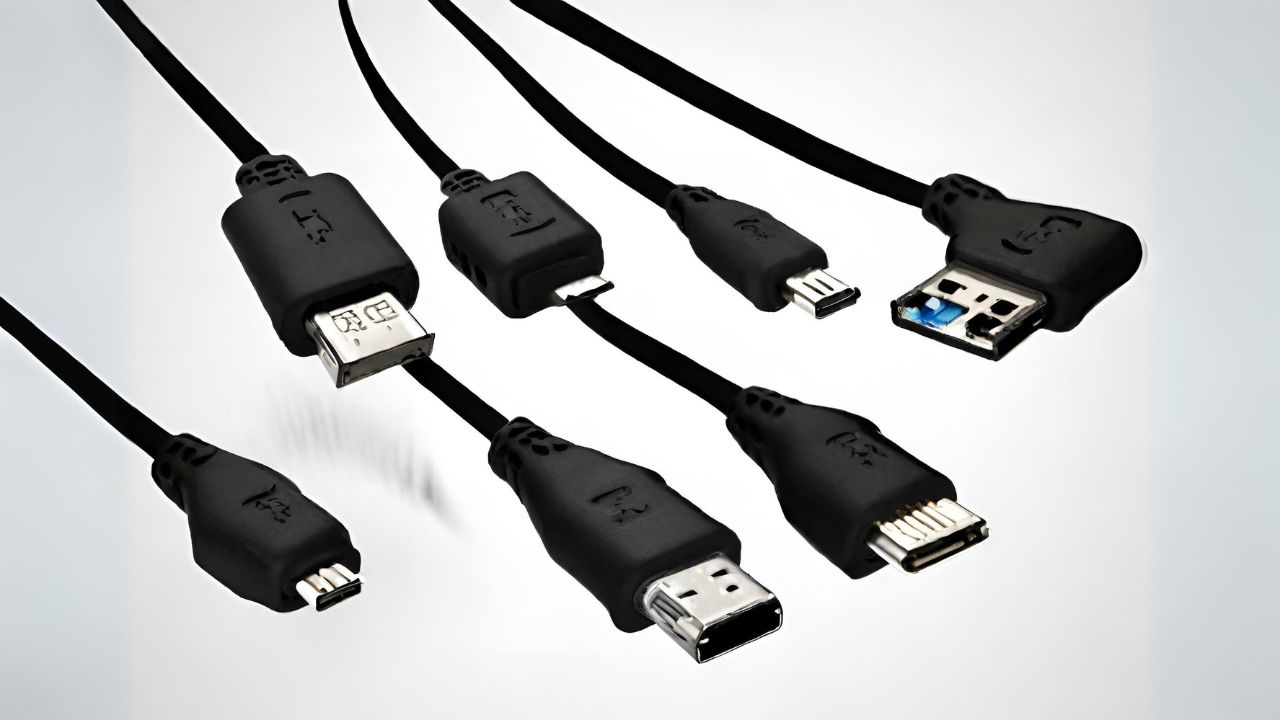
Market Overview and Growth Trajectory
The global USB cable market, encompassing all types of USB cables including Micro USB, was valued at $12.73 billion in 2021. It is projected to reach $69.86 billion by 2031, growing at a Compound Annual Growth Rate (CAGR) of 20.24% from 2022 to 2031. This impressive growth trajectory is attributed to factors such as the surge in demand for consumer electronics, the rise in penetration of video on demand, video conferencing, gaming, and home surveillance devices, as well as the increase in the number of data centers.
In the specific segment of Micro USB cables, the market is expected to grow from USD 2.40 billion in 2022 to USD 3.20 billion by 2030, at a CAGR of 3.80% during the forecast period. The increasing adoption of Micro USB cables in consumer electronics like smartphones, tablets, and cameras is a major driving force behind this growth. The Asia-Pacific region is anticipated to dominate this market, thanks to the presence of several leading electronics manufacturers.
Regional Market Insights
Regionally, the USB cable market is analyzed across North America, Europe, Asia-Pacific, and Latin America, the Middle East, and Africa (LAMEA). By 2027, North America is expected to hold a market share of approximately 34.5%, Europe around 29.2%, and the Asia Pacific region is projected to witness the highest growth rate, holding a market share of about 37.6%.
Driving Factors and Market Dynamics
Key factors influencing the growth of the Micro USB cable market include the increasing number of devices requiring charging and data transfer capabilities, technological advancements, and the rising popularity of fast-charging and durable cables. The market is also impacted by trends such as the adoption of USB-C cables, which offer more power output, faster charging, and increased compatibility with various devices.
Challenges and Future Trends
However, the market faces challenges like the rising availability of wireless charging options and the competition from alternative charging options. There’s also the issue of commoditization of cables due to the increasing availability of low-cost products. Future trends in the market indicate a growing demand for environmentally-friendly and sustainable cables that reduce the carbon footprint.
Impact of COVID-19
The COVID-19 pandemic had a significant impact on the USB Cable market in 2021. The market faced challenges like a lack of skilled workforce availability and delays or cancellations of projects due to lockdowns. However, the post-pandemic period is expected to see a surge in demand for USB cables as businesses digitalize and remote working strategies continue to be adopted.
Key Market Players
Prominent players in the Micro USB cables market include AmazonBasics, Circuit Assembly, AINOPE, Ailun Technology, Anker, Nekteck, Belkin International, Cable Matters, PISEN, UGREEN, AUKEY, C2G, and Syncwire. These companies play a vital role in the growth and innovation within the market.
Conclusion
The Micro USB cable assembly market is a dynamic segment within the consumer electronics industry, driven by technological advancements, changing consumer needs, and global economic factors. Despite facing challenges like the emergence of alternative charging technologies and market commoditization, the industry’s growth trajectory remains robust, backed by increasing demand for efficient and high-speed data transfer solutions. As the market evolves, it continues to offer significant opportunities for both existing players and new entrants.


